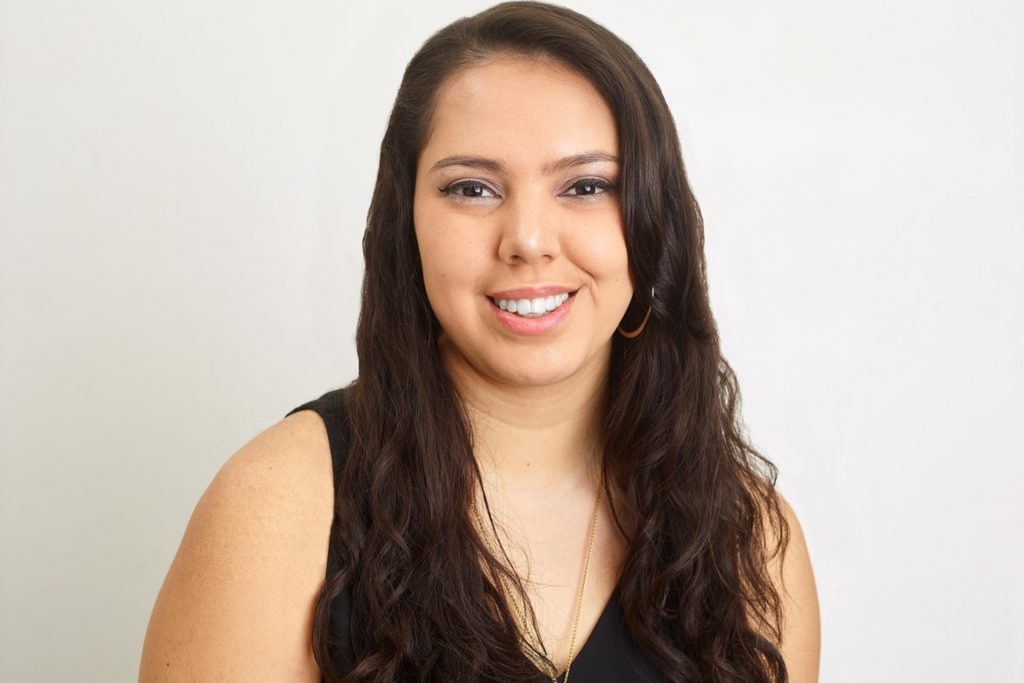When I began studying architecture at a major Australian university in 2015, I was the only Indigenous student in my cohort.
Each semester we had a required history subject that spanned from ancient Greek architecture to contemporary Australian. But as is common in much of modern Australian educational curriculums, there was a significant lack of teaching about Aboriginal culture and design.
Australian design, as with much of Australia’s identity, is the amalgamation of over 200 years of colonial occupation. Today, Australian architecture is predominantly influenced by modern western themes and aesthetics, so much so that the proposal of considering Indigenous ways of thinking when designing is considered radical.
Many Australians believe that, prior to colonisation, Indigenous Australians were purely nomadic and therefore didn’t build structures. In fact, the myth of ‘architecture nullius’ is so pervasive that when I casually mentioned the idea of writing a thesis on Indigenous architecture to an academic early in my studies, the response was that there wasn’t enough research on the topic to do a thesis on it at all. This simply wasn’t true – research had existed for decades; it just hadn’t entered the mainstream.
I’ve always found the relationship between architecture and colonisation both fascinating and challenging to reconcile as an Indigenous person studying and pursuing a career in architecture. Architecture has historically been used as a weapon to justify invasion. I hope by understanding and educating other designers on the heritage of Aboriginal architecture and design we can see Australian architecture as a tool for healing our communities.
It’s time for modern Australian design to branch out from its colonial roots and reach back to its Indigenous core; to the complex and sophisticated systems that were in place for aeons. The main reason I believe Australia needs to learn about Aboriginal design heritage is so that we can construct a design vernacular that is unique to Australia. As it presently stands, design – and architecture in particular – leans towards the colonial, and with our history we can understand why.
Because of this history, the concept of integrating First Nations thinking into design practice and education has been considered ‘radical’ and out-of-the-box. It is painted as subversive; I believe it should be the default – as it once was.
How this knowledge is integrated into modern society is – for me – the most interesting part of this process. The fusion of ancient knowledge and modern practice is fascinating, and leaves space to be occupied with innovation and creativity from both Indigenous and non-Indigenous practitioners.
The first step is to listen to Indigenous people, particularly our Elders, and I am pleased to be part of a firm that does this and does it well. In late 2018 I took up a role at Kaunitz Yeung Architecture which had been specially created for an Aboriginal architecture student. One of the reasons I was interested in this role was because the firm has an amazing reputation for not only designing and producing state of the art buildings in remote Aboriginal communities, but also really investing the time in listening to a community and experiencing a culture before developing a design. This approach places people at the heart of a building, while remaining sensitive to culture and the environment.
The work we do is unique to Country, and culturally specific for the communities involved. Over the past two years I’ve been fortunate enough to work on several projects with communities. Some of these projects were with remote communities, such as the recently completed Puntukurnu Aboriginal Medical Services (PAMS) clinic in Newman, 1200kms from Perth. Collaborating with the local Martu community and designing with Country by utilising local materials and community-specific artwork creates a sense of pride and ownership in the community.
I’m really passionate about re-evaluating what we consider valuable knowledge and expertise in professional practice, and I believe we can do this by being open to learning throughout the design process. There’s this misconceived notion that because we’re trained for five years in a western institution that we might know better what belongs on Country than Uncle, who has spent his entire life dedicated to its care, or Aunty, who has a wealth of knowledge about Country and design that extends long before universities were even established here.
Communities will bring their cultural knowledge and practice to the design process and resulting architecture. It truly is a dialogue between cultural and architectural practice, with each group offering experience and expertise in their fields. The outcome of that value and dialogue is incredibly meaningful, important architecture that is contextualised in Country.
Working with our remarkable culturally rich and diverse clients allows us to create architecture that is deeply ingrained in Indigenous knowledge keeping. This can only be achieved with the trust, support and design of the Elders and communities these buildings are for.
Six years on from my first year of university – as a graduate of architecture – I am pleased to say that there has been a significant shift in attitudes towards Indigenous knowledge and heritage within academia. But there is still a long way to go. Universities are educating and influencing the designers who will determine Australia’s architectural future, so it is critical that Indigenous design is incorporated into the curriculum. Only then will we see a truly contemporary Australian design identity begin to take form.


